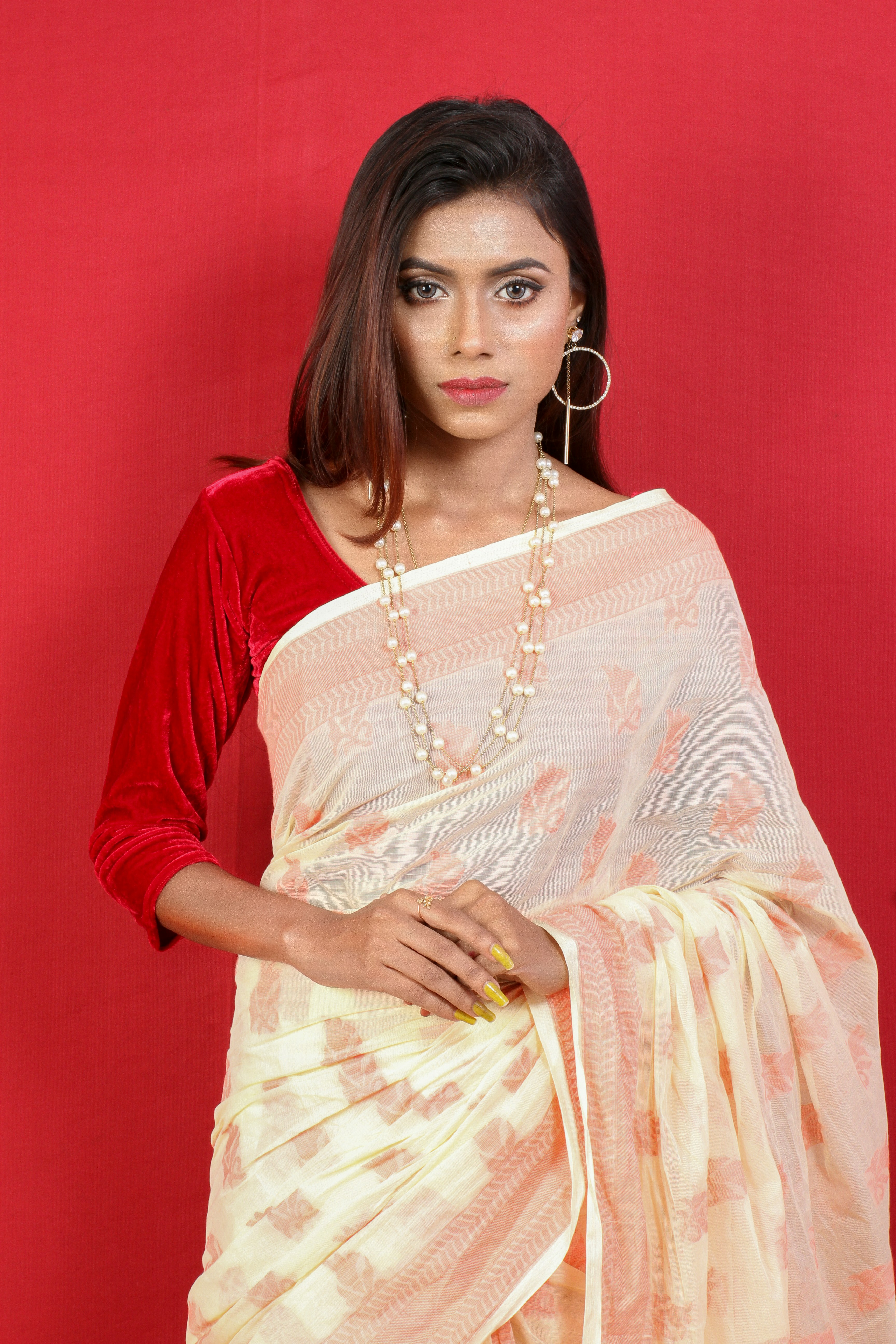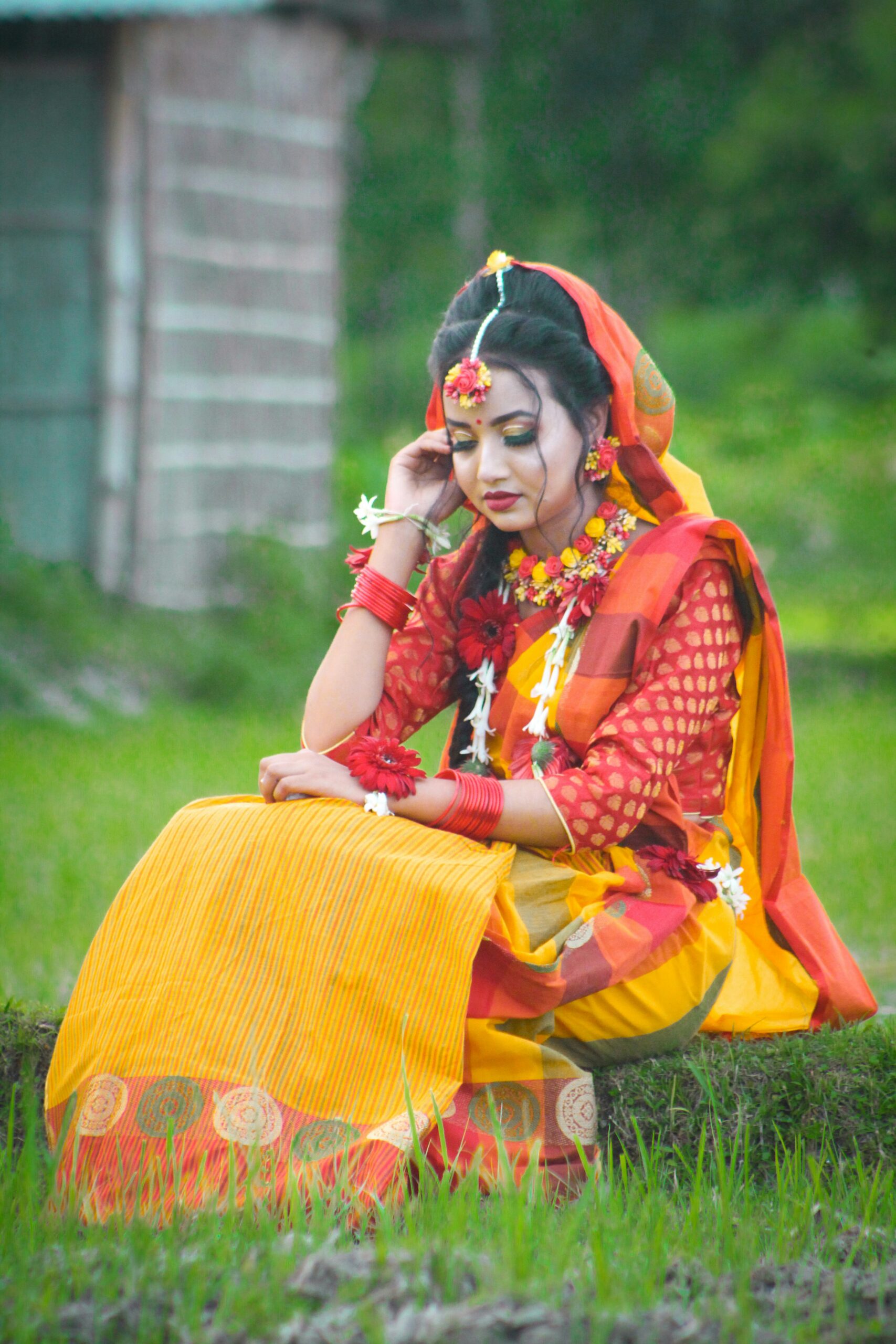
Soft silk sarees have long been cherished for their elegance, charm, and luxurious feel. Woven with the finesse of traditional craftsmanship and celebrated across generations, these sarees are synonymous with grace and heritage. But in today’s fast-paced fashion industry, what was once a symbol of authenticity has now become a victim of mass production, mislabeling, and dilution. This blog traces the evolution of soft silk sarees from their original roots to the misrepresentation seen in today’s market.
The Origin of Soft Silk Sarees
Soft silk sarees originated from southern India, especially Tamil Nadu and Karnataka, as lighter versions of the traditional pure silk sarees. While Kanjivaram and Mysore silk sarees were known for their grandeur and weight, soft silk sarees offered a more fluid, lightweight alternative without compromising on the silk’s richness.
These sarees are woven with pure silk yarns that are finely processed to give a softer drape and lustrous finish. The weaving technique retains the traditional patterns but adds flexibility and ease of wear. The softness makes them a perfect blend of traditional appeal and modern convenience.
What Makes a Saree “Soft Silk”?
The term “soft silk” isn’t just about how the fabric feels. It also refers to the quality of silk used, the weaving method, and the finish. Genuine soft silk sarees:
- Are made of pure mulberry silk.
- Have natural softness due to high-quality silk threads.
- Feature traditional motifs such as paisleys, peacocks, and temple borders.
- Carry hallmark certification like the Silk Mark, which authenticates the purity of the silk.
The Rise in Popularity
As Indian women began looking for more comfortable yet elegant options for weddings, festivals, and formal occasions, soft silk sarees gained popularity. Unlike heavier Kanjivarams that can be difficult to carry all day, soft silks offered the same festive look with better draping and ease.
Designers began to experiment with color combinations, zari styles, and regional motifs, creating a wide variety of options while retaining the essential softness and richness.
The Turning Point: Commercialization
With growing demand came mass production. The fashion industry, seeing the profitability in soft silk, began to produce lookalikes that were cheaper, faster to make, and easier to sell.
This commercialization led to:
- Blending of synthetic yarns: To reduce costs, manufacturers started blending polyester or art silk (artificial silk) with natural silk, giving a similar appearance but significantly reducing the quality.
- Machine-made patterns: Instead of handwoven motifs, machine-printed or power loom patterns became common.
- False labeling: Sarees made with 50% synthetic fibers were still sold as “soft silk,” misleading customers.
The Impact of Misrepresentation
The most significant fallout of misrepresentation is on the trust between consumers and the textile industry. Buyers often spend thousands expecting to receive a pure silk product, only to find that the saree lacks the luster, softness, or durability of original silk.
Other impacts include:
- Loss of artisan livelihoods: Traditional weavers who spend weeks creating a single saree can’t compete with the pricing of fake soft silks.
- Cultural dilution: Handcrafted designs and heritage techniques are being overshadowed by mass-market, low-quality alternatives.
- Shortened saree lifespan: Synthetic blends fade quickly, lose sheen, and don’t drape well over time.
How to Spot Authentic Soft Silk Sarees
Being aware of the differences between real and fake soft silk can protect you from being misled. Here’s how to identify a genuine soft silk saree:
Check the Silk Mark Label: The Silk Mark is issued by the Silk Mark Organisation of India (SMOI) and is the gold standard of silk authenticity.
Feel the Fabric: Real silk is soft, but not slippery. It feels warm and luxurious, while synthetic versions often feel cold and overly smooth.
Burn Test (at home, with caution): Genuine silk burns slowly and smells like burning hair. Synthetic fibers melt and smell like plastic.
Zari Thread Check: In pure silk sarees, zari is made with silver and gold plating. Fake sarees use plastic zari, which lacks shine and durability.
Price and Weight: If a soft silk saree is surprisingly cheap and extremely lightweight, it’s likely not real silk.
The Role of E-commerce in Misrepresentation
Online platforms have further complicated the picture. Images are often enhanced, and product descriptions may not be transparent. Many websites list “soft silk” sarees at very low prices, attracting unaware customers.
To avoid disappointment:
- Buy only from trusted or verified sellers.
- Check for customer reviews and zoom into fabric texture.
- Look for return policies and authentication labels.
Why It Matters: Beyond Fabric
Buying authentic soft silk sarees isn’t just about personal satisfaction or style; it’s about preserving culture and supporting traditional artisans. Every original soft silk saree represents hours of skilled labor, generations of weaving knowledge, and a legacy passed down through looms.
By choosing authentic products, we ensure:
- Continued livelihood for local weavers.
- Conservation of India’s rich textile heritage.
- Better quality, longer-lasting garments that are environmentally sustainable.
What Can Be Done?
To combat the misrepresentation of soft silk sarees, we need a collective effort:
- Government Regulation: Enforcing stricter labeling laws and penalizing false marketing can reduce misleading practices.
- Consumer Education: Workshops, expos, and online awareness campaigns can help buyers make informed decisions.
- Support for Weavers: NGOs and cooperatives must promote handloom products and provide direct-to-consumer platforms.
- Brand Responsibility: Fashion brands must maintain transparency and promote ethical sourcing and weaving.
Conclusion
The journey of soft silk sarees from authenticity to misrepresentation is a cautionary tale of what happens when tradition meets unchecked commercial greed. But it’s also a hopeful reminder that informed choices can bring about change. By valuing originality, supporting artisans, and educating ourselves, we can restore the pride and beauty of soft silk sarees and ensure they continue to be cherished for generations to come.




